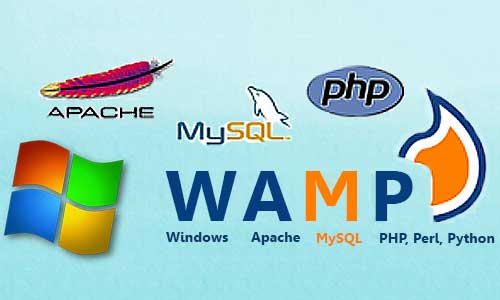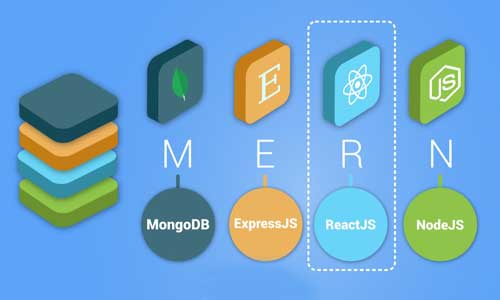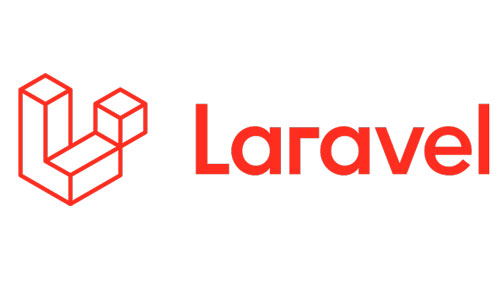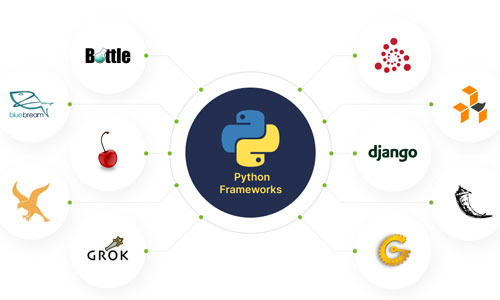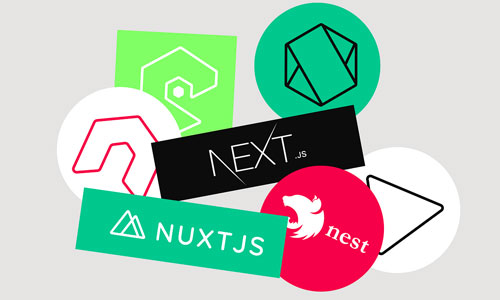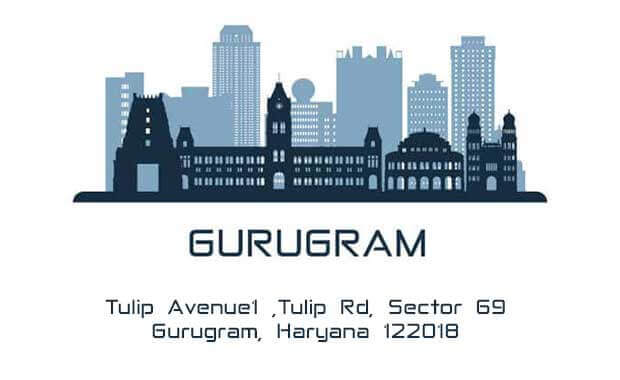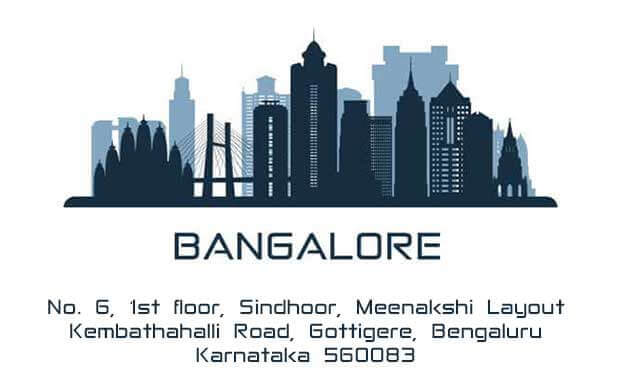What is a Tech Stack?
A technology stack is a set of technologies that are used to develop an application, including programming languages, frameworks, databases, front-end and back-end tools, and APIs. Popularly known as a technology infrastructure or solutions stack, technology stack has become essential for building easy-to-maintain, scalable web applications.
Investing in the various elements of your tech stack is a crucial step to finding success, since tech stack gives product team the tools it needs to build and maintain product, and to make sure it continues to meet customer needs.
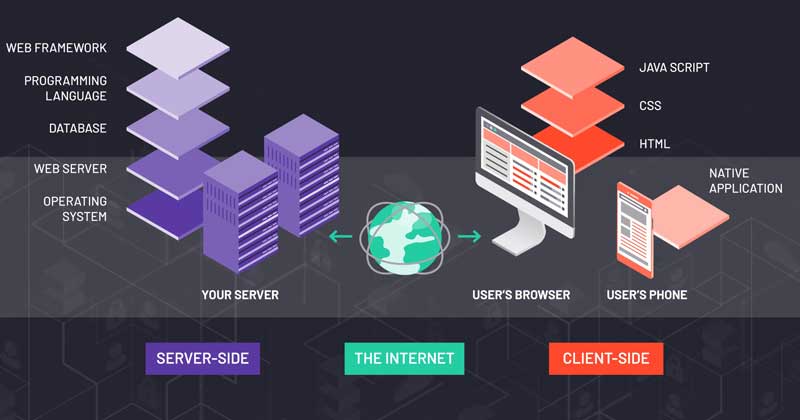
What Tech Stacks we use?
Here are the tech stacks we use:
Why do we need Tech Stack?
Firstly, you are more likely to build an application that can be used by a large number of people. If you choose frameworks and databases that scale well, during the planning phase itself, you will be saved from the horizontal and vertical scaling issues as your user base grows.
Also, a proper technology stack will help speed up the development process as you can hire full-stack developers or experts in individual technologies. Additionally, it becomes easier for developers to communicate about the functioning of the application.
Planning a technology stack ahead means you will already know the resources, infrastructure, automation, hardware, and other project requirements, thus saving both cost and time.
Lastly, since you know the objective and size of the project/web application you are going to build, you can decide on the complexity of the stack and avoid using technologies and operations that are really not required for your project, and avoid bulky resources.

